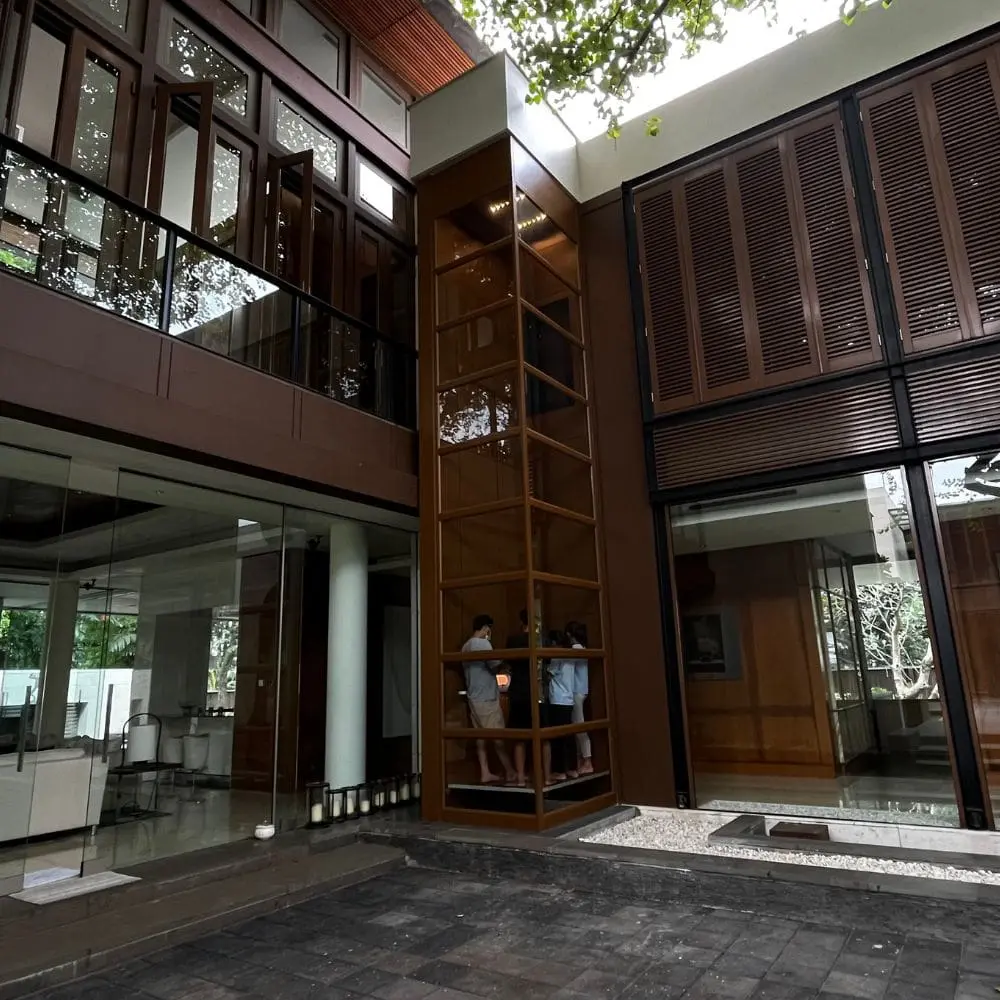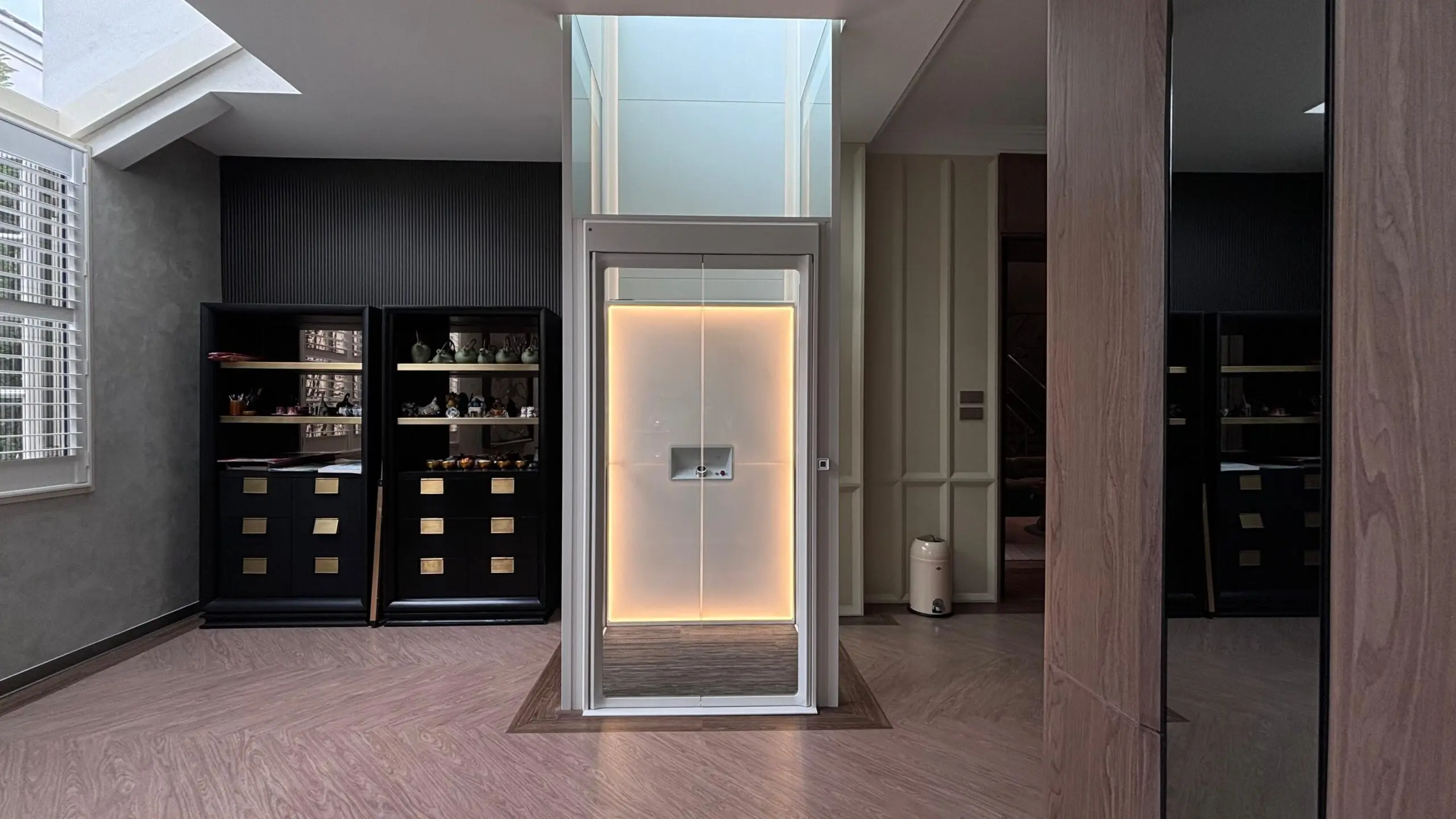In recent years, home lifts have become increasingly popular as a convenient and practical solution for homeowners seeking to improve accessibility and convenience within their residences. Whether it’s to accommodate mobility challenges, enhance property value, or simply add a touch of luxury, installing a home lift requires careful consideration and planning. Before embarking on this endeavor, here are several crucial factors to keep in mind:
Read Also : The Rising Trend of Home Lifts: A Modern Convenience Transforming Residential Spaces
1. Space and Layout
Assessing the available space and the layout of your home is paramount before installing a home lift. Determine the ideal location for the lift shaft, considering traffic flow, and aesthetic preferences. Consulting with a professional architect or Skelevator can help ensure that the chosen spot optimizes both functionality and design.
2. Budgetary Constraints
Establishing a realistic budget for the entire installation process is essential. Apart from the cost of the lift itself, budgetary considerations should also include construction, electrical work, permits, and ongoing maintenance expenses. Requesting quotes from multiple suppliers and contractors can provide a comprehensive overview of the financial investment required.
3. Safety Regulations and Building Codes
Compliance with safety regulations and building codes is non-negotiable when installing a home lift. Familiarize yourself with local building regulations pertaining to elevators and ensure that the chosen lift model meets all necessary safety standards. Hiring licensed professionals who are well-versed in local codes can prevent costly violations and ensure a safe installation process.
4. Maintenance Requirements
Like any mechanical system, home lifts require regular maintenance to ensure smooth operation and longevity. Consider the maintenance needs of different lift models and factor these into your decision-making process. Opting for a lift with minimal maintenance requirements can save both time and money in the long run.
5. Power Supply and Backup Options
Reliable power supply is essential for uninterrupted lift operation. Evaluate the electrical capacity of your home and ensure that it can accommodate the power requirements of the chosen lift model. Additionally, consider investing in backup power options such as battery backups or generators to mitigate the risk of power outages.
6. Customization and Design Options
Home lifts by Skelevator come in a variety of designs and configurations to suit different aesthetic preferences and functional requirements. Explore customization options such as cabin finishes, lighting, and control panels to personalize the lift and complement your home’s interior design.
7. Future Accessibility Needs
Anticipating future accessibility needs is crucial when installing a home lift. Consider factors such as aging in place, accommodating guests with mobility challenges, or potential resale value. Choosing a lift model that offers flexibility in terms of size and features can adapt to changing needs over time.
In conclusion, installing a home lift is a significant investment that requires thorough planning and consideration of various factors. By carefully assessing space requirements, budget constraints, safety regulations, maintenance needs, power supply options, customization preferences, and future accessibility needs, homeowners can make informed decisions that ensure a seamless and hassle-free installation process.
If you’re interested in learning more about home lift installation or exploring our range of lift solutions, visit our website at www.skelevator.co.id or contact our WhatsApp at 081211312224.
With careful planning and expert guidance, installing a home lift can enhance the accessibility, convenience, and value of your home for years to come.


